We asked seven people who work in gardening where they go to recharge their batteries and connect with nature. Their answers are a beautiful mix of some of the most vibrant green areas in the UK.
Looking for more green gardens to visit?
Gardeners, designers and horticulturists' favourite green escapes
Rivelin Valley, Sheffield
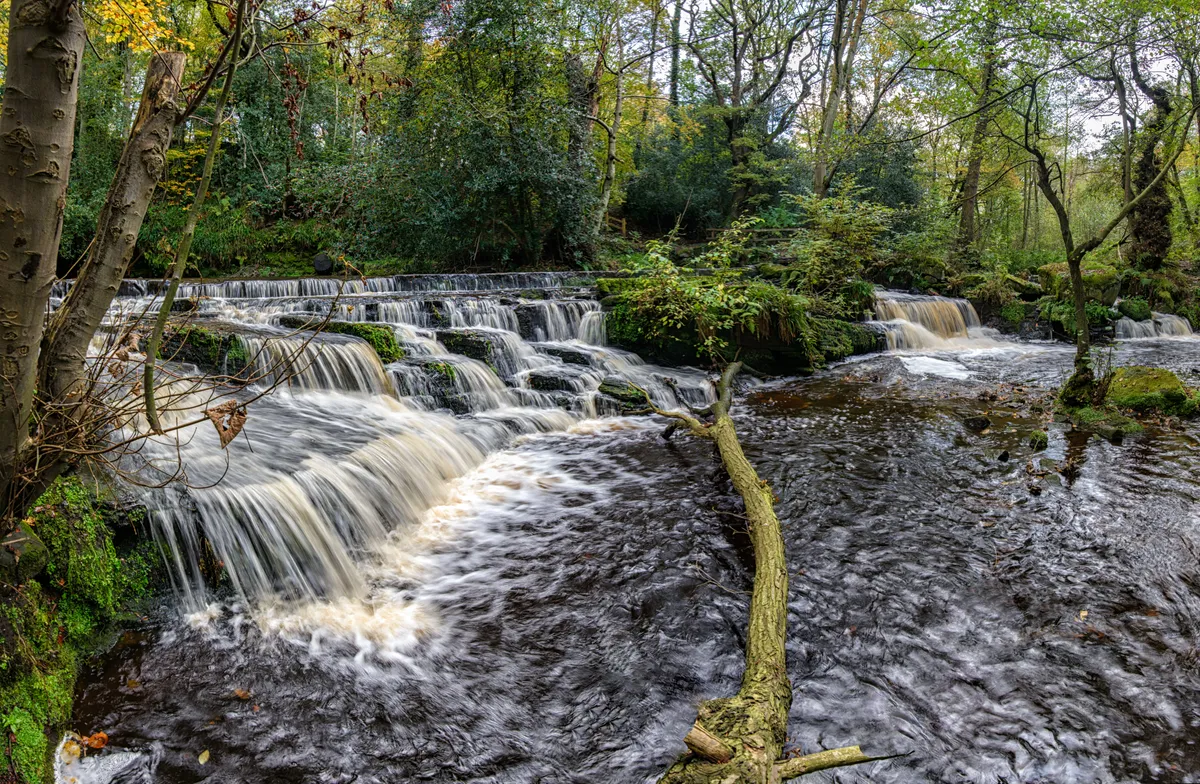
Becky Crowley – gardener, artist
Every day I take my dog Laika to the Rivelin Valley on the outskirts of Sheffield. It’s just ten minutes’ drive from my house but it is a world away from life in the city. I work from home and there comes a point in every day – usually around half four – when we both just need a break.
I’ve lived in Sheffield for 20 years but only recently discovered the valley, and it is completely gorgeous. As soon as I get there I’m filled
with gratitude to be surrounded by so much life. It’s an unspoilt English woodland with a river running through it, but also a place that has been actively used and appreciated by people for centuries. The winding paths, stepping stones and little bridges are all remnants of the site’s industrial past, when this river powered the steel mills that in turn powered Sheffield’s economy.
Once the mills moved away, nature moved back and began to reclaim the place, so now you have a wonderful contrast of atmospheres, with built elements still recognisable but disappearing under blankets of moss and ferns. There are magical waterfalls and a pool for wild swimming, which is something I only discovered fairly recently but has become really important to me. It is like an instant release and reset.
I need my daily trip to the valley to soak up the essence of the place and immerse myself in nature. It’s not strictly horticulture, but it reminds me of why I’m in this line of work. beckycrowley.com
Read more about Sheffield's Grey to Green initiative
Dungeness, Kent
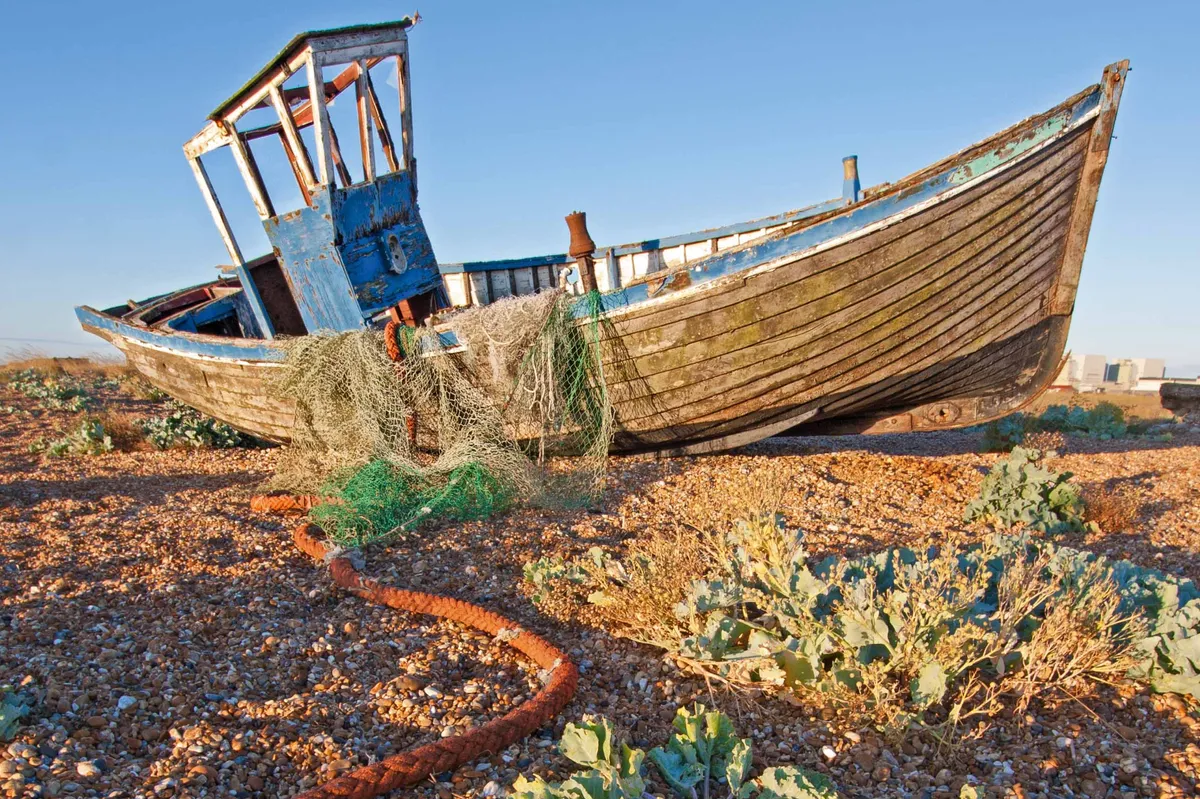
Matthew Wilson – garden designer, broadcaster and writer
I have always been attracted to places that seem empty but, if you take the trouble to look, really aren’t. Dungeness has exactly that quality plus a certain built-in spookiness. I love a working landscape and, although there is a bit of gentrification and lots of people come to see Derek Jarman’s garden at Prospect Cottage, it is still filled with caterpillar tractors and fishing paraphernalia. Even the black weatherboard buildings, which have become rather architectural icons, are just the local vernacular.
Although the landscape is so wide and open, you feel enveloped by it. Maybe it is because you can see the fullness of the sky. Nothing blocks your view, so you are aware of its widest parameters. And although at first glance the shingle beach looks barren, it is actually full of plants, including a number of lovely orchids and the UK’s largest colony of Crambe maritima.
I’ve always felt at peace there and have returned at pivotal times throughout my life. I went there with my wife Jane when she was eight months pregnant with our twins, and I was filled with a strong sense that everything would be okay. The last time I visited was on New Year’s Day. There were lots of people out for a walk, and I got chatting to a man who turned out to be Star Wars actor Mark Hamill’s body double. That’s the sort of weird thing that always seems to happen at Dungeness. matthewwilsongardens.com
Read more about Derek Jarman's Prospect Cottage.
Barbican Conservatory, London
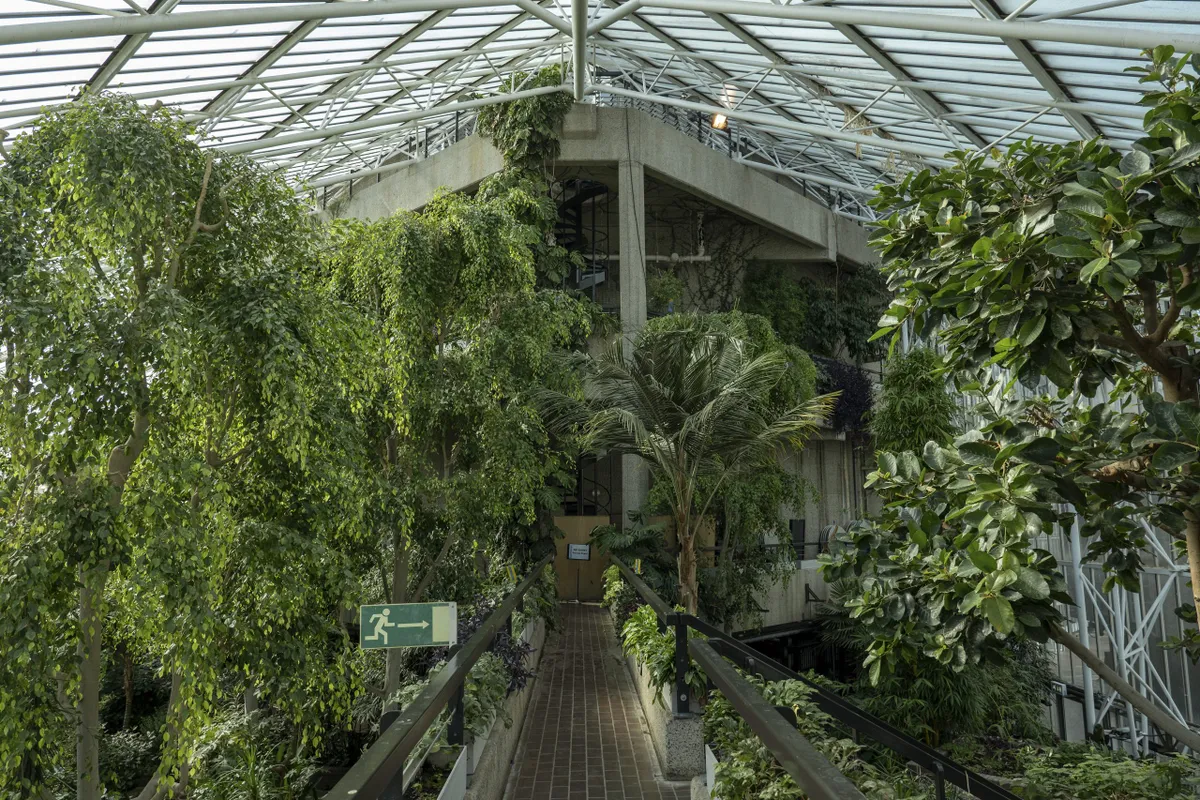
Ula Maria – garden designer and landscape architect
I first visited the Barbican Conservatory in 2017, when I was a student studying landscape architecture. It is in an incredibly built-up part of the city, and quite confusing to find for the first time, so it was surprising and inspiring to discover this hidden world.
It is a very special combination of plants and architecture, art and nature. Everything is so green and lush, it feels like the plants are reclaiming the buildings. I go quite regularly with my partner James, who is also a landscape architect, and it is good for us to be reminded of what you can achieve in a city. Sometimes we just sit and sketch or write, although we also take friends when they come to stay.
I’m from Lithuania originally and lived in Wales for a bit, but for the past five years I have been in London. It’s nice to have so much going on – especially the art galleries and museums – but I need to step out into serene and peaceful places to recharge my creative batteries. And that is why the Barbican Conservatory is so important to me. It’s a real urban jungle and contains a huge number of plants, including a great collection of cacti and succulents in the arid house.
A lot of my work is about finding juxtapositions between the built environment and plant life and I always come away from the Barbican inspired and full of ideas. ulamaria.com
Richmond Park, London
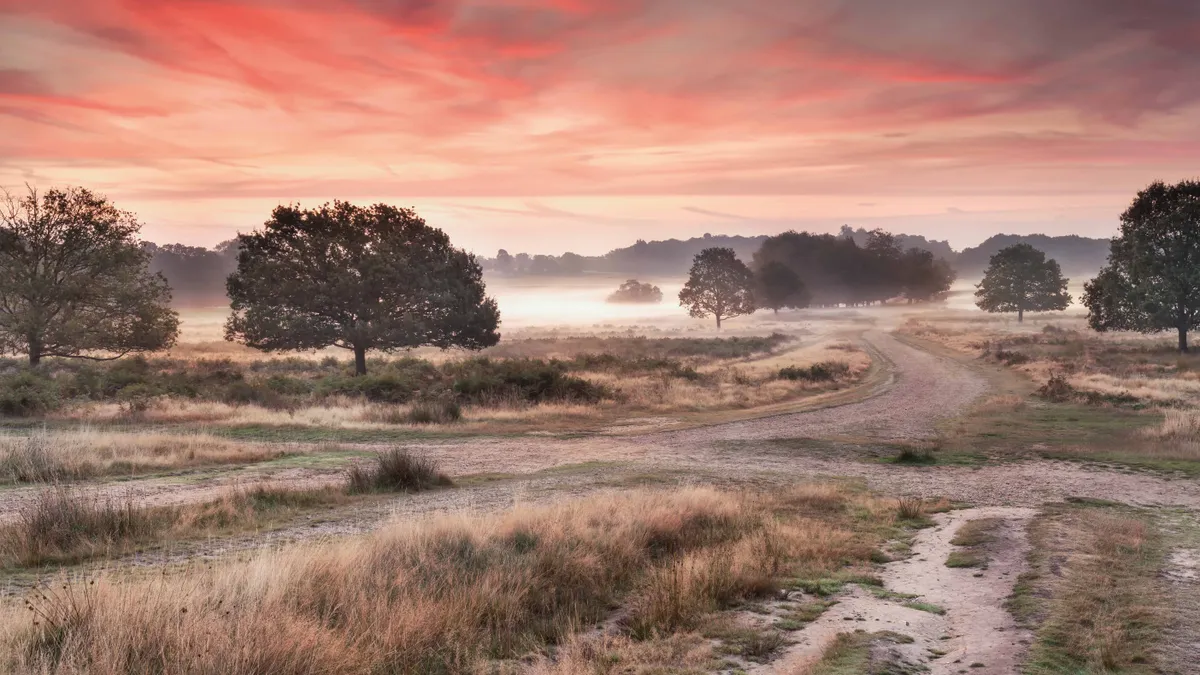
Tom Massey – garden designer
Richmond Park is my green escape, an oasis on the edge of London. I grew up nearby, so it was actually the first important green space in my life. It’s a ten-mile walk around the perimeter and so wild and untouched that you can easily get lost inside it.
There are trees to climb, and bracken to crawl through and my mum would march me and my two brothers there almost every day to burn off a bit of energy after school. We would just run wild.
Today it brings a sense of escape from the pressures of my job. I design garden spaces, and the process of this is controlled and organised. The open expansiveness of the park is a welcome antidote after a day at my desk. It’s only a 15-minute walk from my home and studio so I try to get there every day, to experience the weather and restore my connection with nature.
At the heart of the park is the Isabella Plantation, a mad and magical Victorian creation of crazily colourful azaleas and rhododendrons, streams and ponds, but most of it feels wild and untouched (although it is protected by the Crown Estate and well managed).
There are no buildings to block the view, so you get wide skies and incredible sunsets, but I also love it at the start of the day. In autumn, when the leaves are turning, the deer are rutting and an early morning mist hangs on the ground, it is an atmospheric place to be. tommassey.co.uk
Attend our exclusive live event with Tom Massey
The city at dawn
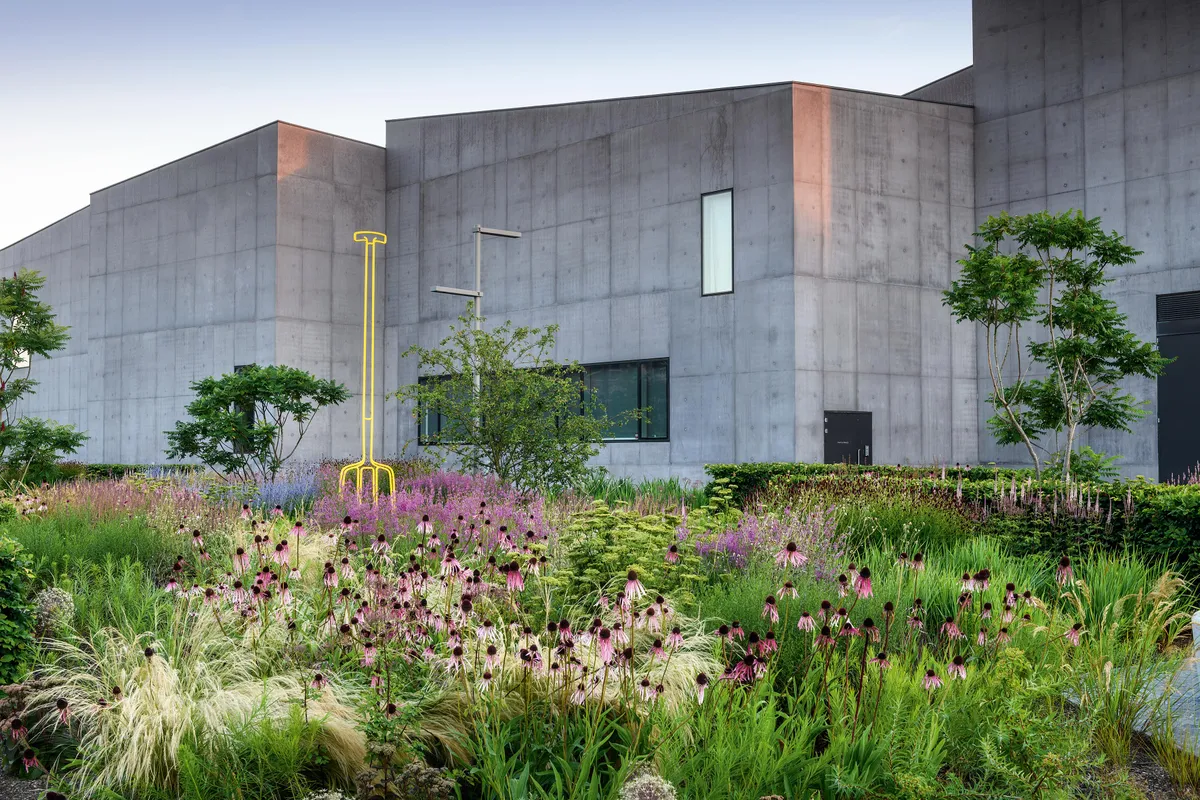
Katy Merrington – cultural gardener at The Hepworth Wakefield Garden
I am interested in ways of finding the extraordinary in the everyday and methods for making yourself look afresh at places you take for granted, so my green escape is really a time, more than a place.
I love to go out for a walk just as the sun is rising, especially in high summer, when you have to get up really early. It makes you see the nature on your doorstep in a totally new light. I live in Wakefield, and at that time in the morning the city is really quiet but the birds are unbelievably noisy. Along the River Calder, right in the city centre, you can see kingfishers diving for breakfast and herons chasing low over the water. As the rising sun grazes each leaf and flower, it changes in front of your eyes from a monochrome silhouette to a picture in full colour.
Until recently I lived really close to The Hepworth Wakefield Garden, which is open 24 hours a day, and I loved to walk over there at dawn, to see it in a completely different way than I do during the working day. Textures and details become visible in the sun’s low light that you wouldn’t notice by mid-morning, such as the halo of tiny hairs on an echinacea, or the fine pink whiskers of pennisetum flowers. You don’t have to make elaborate travel plans to enjoy an adventure with nature. I really believe that we can all find magic on our own doorsteps. hepworthwakefield.org
Great Dixter, East Sussex
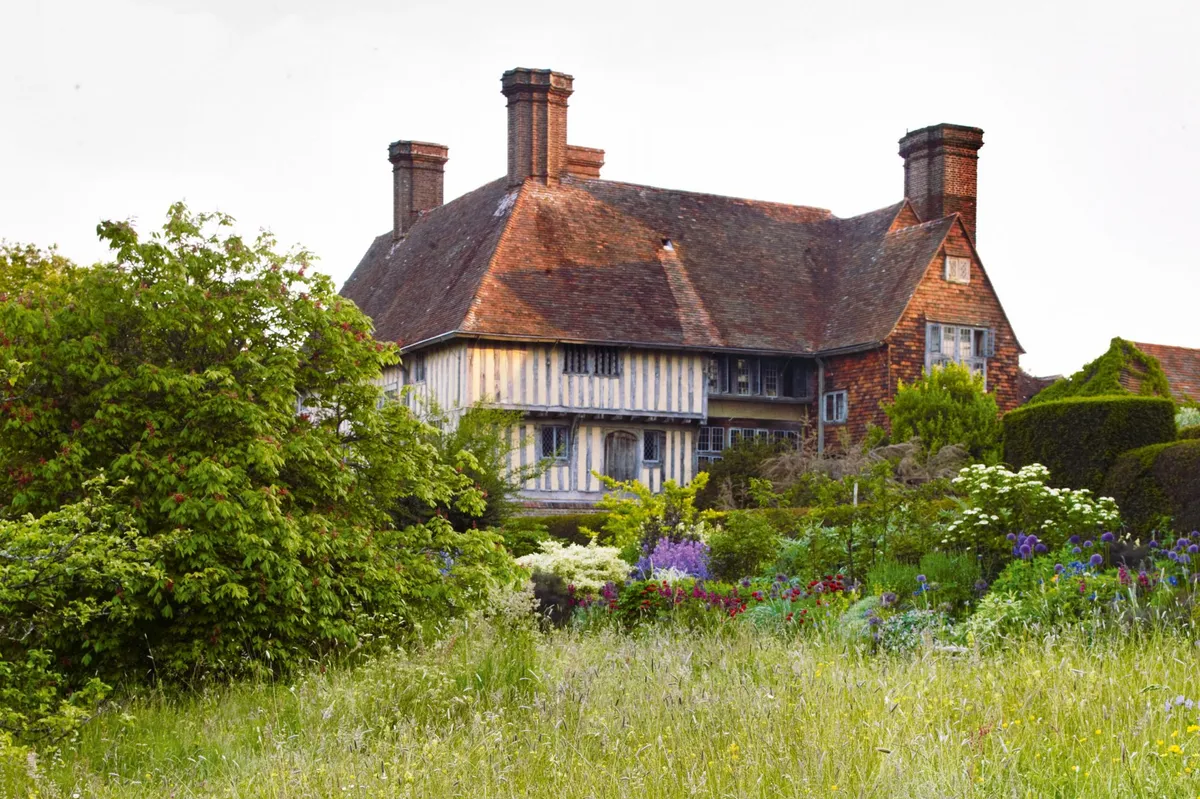
Humaira Ikram – garden designer, broadcaster and Garden Design Diploma course director at the KLC School of Design
Great Dixter is a garden I truly love and make sure to visit at least three or four times a year. It is an inspirational place filled with amazing plants and wonderful people.
I live in London and only have my own small garden to experiment in, so it’s good to discover new plants and see how they develop and combine in the real world, and you won’t see it done better than at Dixter.
It is all so inspiring. Step inside the entrance gate, and the front meadow instantly sets a special tone. Then you arrive at the porch, with its ever-changing pot display showcasing the very best that is growing at that particular moment in the year. And to one side, facing the house, is the Solar Bed, which gets completely replanted every three or four months. A crazy amount of work goes into just that one area. The Long Border is a masterclass in high-intensity successional planting but there are other parts of the garden, like the massive biodiversity log pile in the orchard, that are virtually untouched and still look completely wonderful. It’s a garden that constantly changes speed.
I was a volunteer gardener there for a while and I used to love climbing up the enormous compost heap by the car park. It is a mini mountain of wholesomeness and, for me, it represents all that is great about Great Dixter – working from the ground up, everything here is considered and valued, everything has its place and in time everything will be reused. As gardeners, we should all take time out to remember that. studioikram.com
Isle of Rum, Scotland
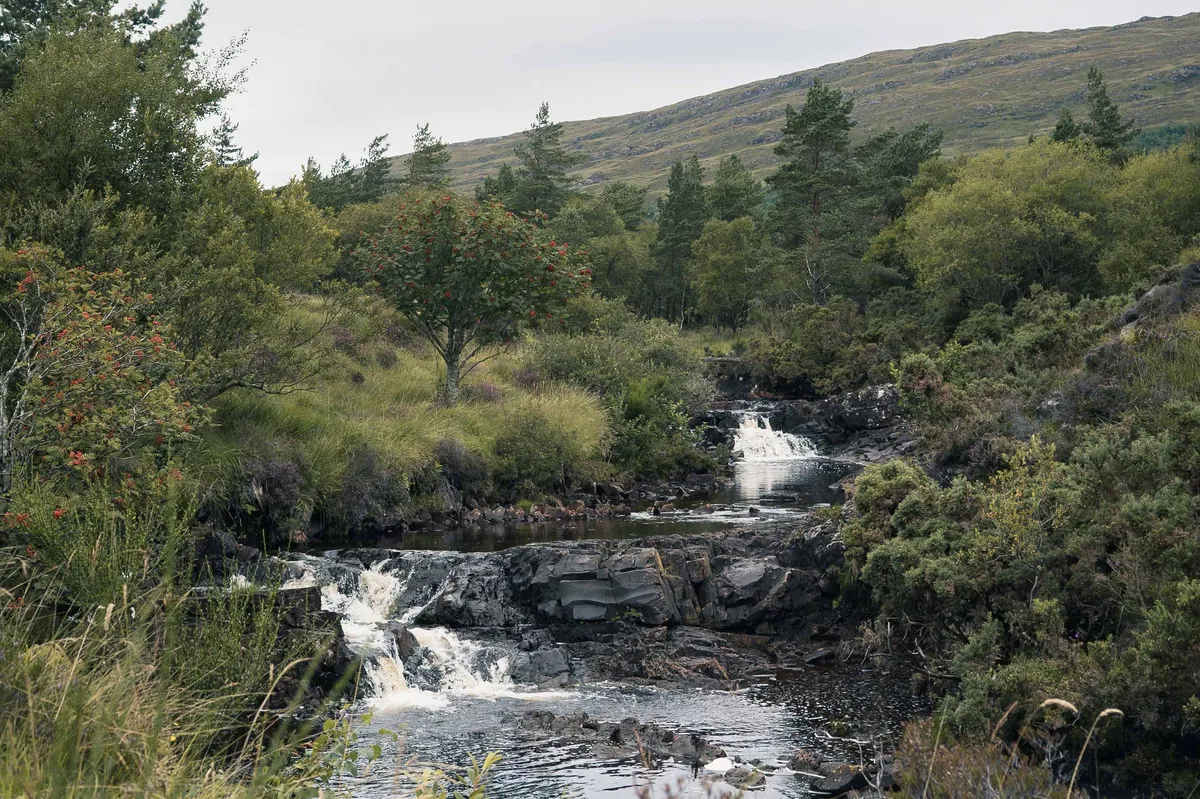
Marian Boswall – landscape architect
Connection with nature is fundamental to all that I do and am. Most days at sunrise and sunset I will be out somewhere, walking or wild swimming. But I recently discovered a very special place to go when I really need to fully recharge my batteries.
The Isle of Rum is in the Inner Hebrides and it is an astonishing, wonderful place. There is a completely crazy Victorian castle made out of pink sandstone, and the rest of the tiny island is raw and untouched, with a population of just 40 people and an amazing diversity of wildlife, including rare, white-tailed eagles, golden eagles and Manx shearwaters, red deer, wild ponies and hairy Highland cows.
There are wonderful ferns, mosses and lichens, and a grove of low, multi-stemmed trees that grow in the teeth of the fierce prevailing winds and prove that nature is better than any garden that man might create. There are enormous boulders, rushing streams and a wild coastline. And the harbour has the most gloriously clear water with a quite incredible forest of kelp swaying in its depths.
Floating there, the water, the light and the air all combine into the most perfect experience. It fills me with a sense of man’s fundamental superfluousness – this all exists without us, and it will carry on when we are no longer here – but it also gives me a feeling of total connection with that natural world. This is the idyll that we can all strive to find for ourselves. marianboswall.com